11 Underrated Places Worth Seeing + 4 That Leave A Lasting Mark
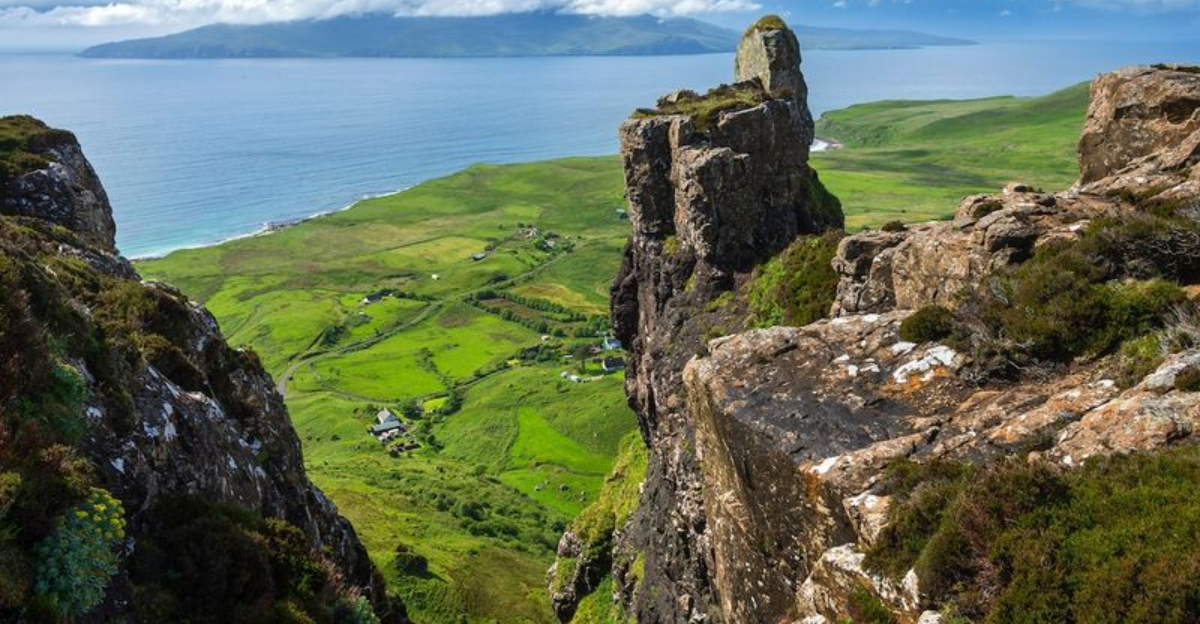
Ever felt like the world’s most popular destinations are just too crowded? There’s something magical about discovering places that haven’t made it to everyone’s bucket list yet.
When I travel, I chase those overlooked corners—the ones that don’t flood your feed but steal your heart. I’ve wandered off the beaten path and uncovered some incredible spots that deserve way more attention. These hidden gems offer authentic experiences without the tourist crowds, and a special few might just change the way you see the world forever.
Ready to explore the places no one’s talking about… yet?
1. Luang Prabang Temples
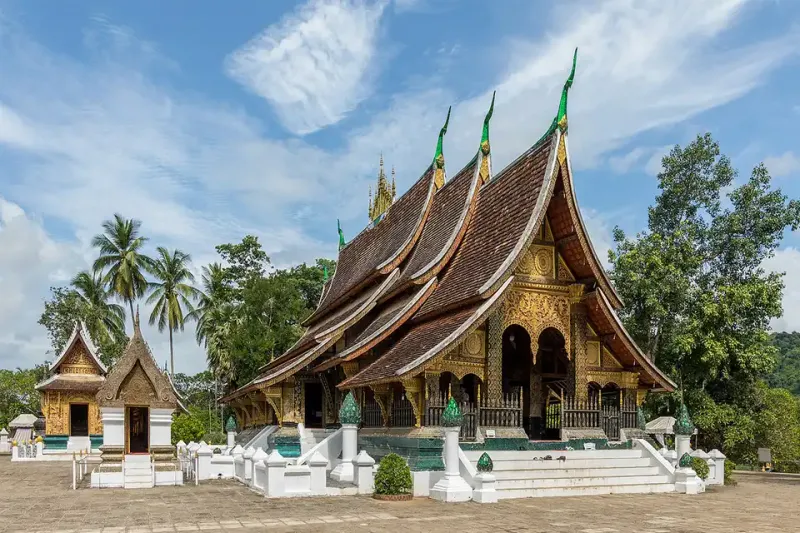
Monks in orange robes glide silently between golden temples at dawn, collecting alms in this UNESCO World Heritage city. The morning ritual has continued for centuries, unchanged by time or tourism.
Wat Xieng Thong stands as the crown jewel among dozens of Buddhist temples, its sweeping roofs and intricate mosaics telling stories of ancient Laos. The atmosphere remains genuinely spiritual despite visitors.
I found myself mesmerized by the contrast between ornate temple interiors and the simple devotion of practicing monks. Climbing Mount Phousi at sunset offers a panoramic view of temples dotting the peninsula where the Mekong and Nam Khan rivers meet.
2. Chefchaouen Blue Walls
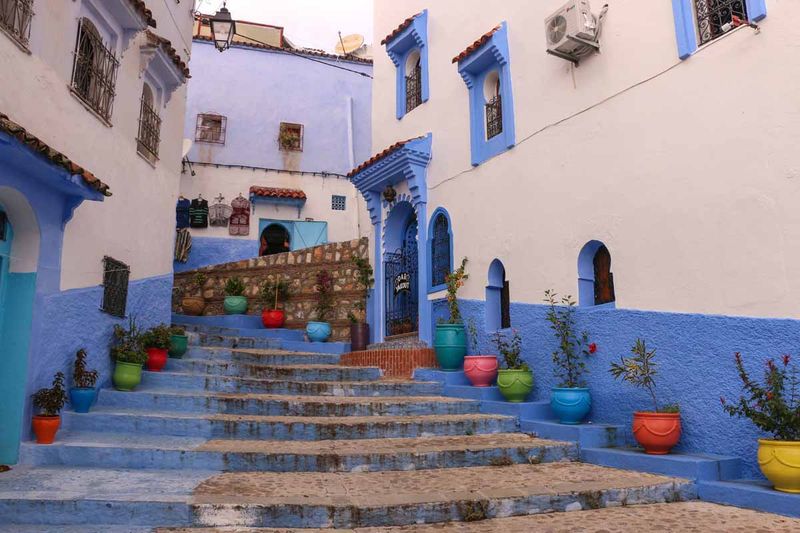
Hidden in Morocco’s Rif Mountains lies a town painted entirely in shades of blue. Walking through Chefchaouen’s narrow streets feels like entering another world where everything – doors, stairs, plant pots – wears the same calming hue.
Nobody knows exactly why locals began painting everything blue. Some say Jewish refugees started the tradition, believing blue represented heaven. Others claim it repels mosquitoes or simply keeps houses cooler in summer.
The medina (old town) offers endless photo opportunities without the overwhelming crowds of Marrakech. I spent hours getting lost among blue alleyways, discovering tiny craft shops and rooftop cafés where you can sip mint tea while gazing at distant mountains.
3. Guatapé’s Color Explosion (Lasting Mark)
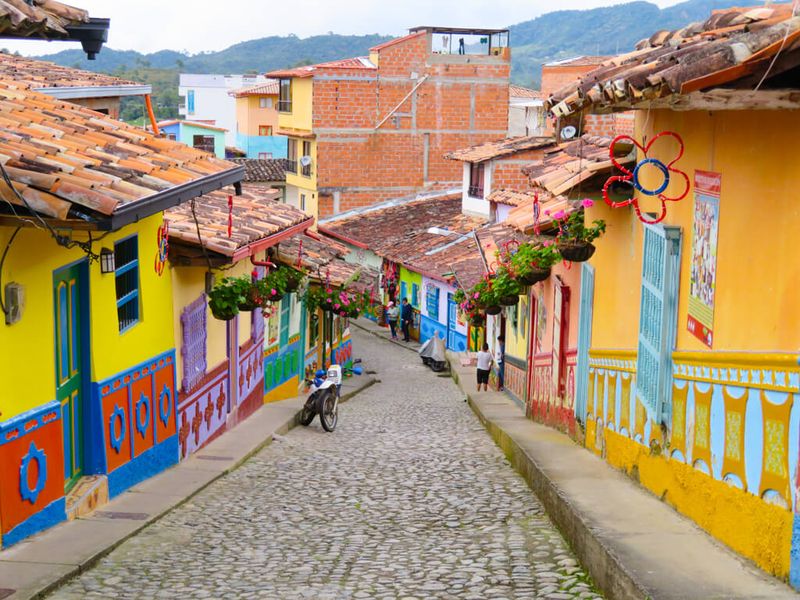
If happiness had a physical form, it might look like Guatapé. This Colombian lakeside town explodes with colors so vibrant they seem unreal. Every building showcases zócalos – hand-carved, painted baseboards depicting local stories, animals, or geometric patterns.
The journey begins with a breathtaking climb up El Peñol, a massive granite monolith rising 721 feet above the surrounding landscape. After conquering 740 steps, you’re rewarded with views of emerald islands dotting the man-made reservoir below.
Returning to town, I wandered streets where no two buildings share the same color scheme. This place fundamentally changed how I think about urban design – proving cities don’t have to be concrete jungles but can be living art galleries instead.
4. Piran’s Seaside Calm
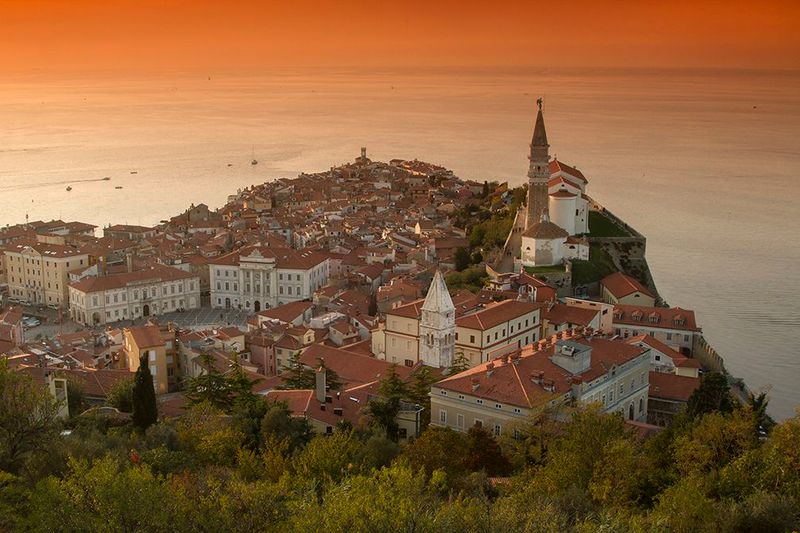
Wedged between Italy and Croatia on Slovenia’s tiny coastline, Piran feels like a secret Venetian outpost without the crowds. Narrow marble streets wind between pastel-colored buildings toward a compact main square where locals gather each evening.
The town juts into the Adriatic Sea like a thumb, surrounded by water on three sides. From the bell tower of St. George’s Church, I gazed across terracotta rooftops toward three countries – Slovenia, Italy, and Croatia.
Afternoons here move slowly, measured by the rhythm of waves against ancient walls. Unlike its famous neighbors, Piran maintains an authentic atmosphere where fishermen still mend nets along the harbor and restaurants serve fresh seafood caught hours earlier. The sunset from Punta headland creates magic every evening.
5. Matera’s Stone Story (Lasting Mark)
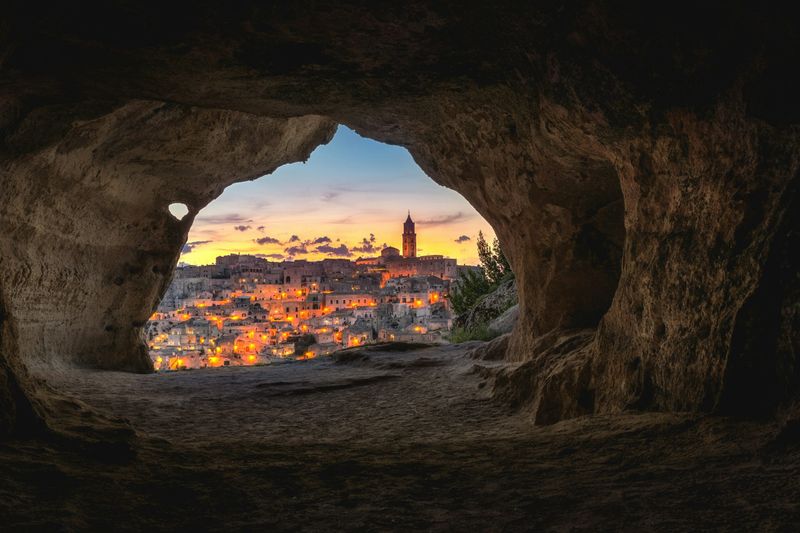
Humans have lived continuously in Matera’s cave dwellings for over 9,000 years, making it one of the oldest inhabited settlements on Earth. This southern Italian city was once called “the shame of Italy” for its extreme poverty, with families sharing cave homes with livestock until the 1950s.
Walking through the Sassi districts today, it’s hard to believe this UNESCO site was abandoned just decades ago. Ancient cave churches contain Byzantine frescoes, while former cave homes now house boutique hotels and restaurants.
Matera forever altered my perspective on human resilience and reinvention. Standing on a viewpoint across the ravine at sunset, watching the honeycomb-like caves glow golden against the darkening sky, I felt the weight of thousands of years of human struggle and survival etched into stone.
6. Gjirokastër Castle Views
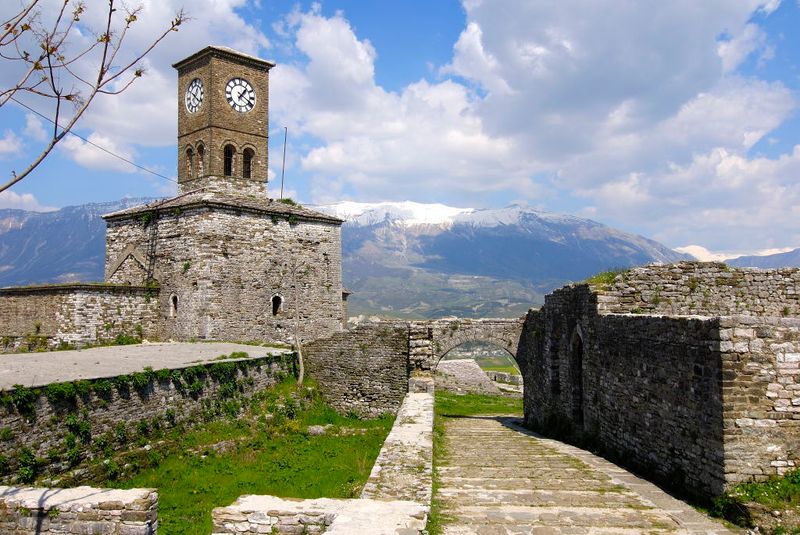
Perched high above an Albanian valley, Gjirokastër Castle has silently watched over the “City of Stone” for centuries. This massive fortress, one of the Balkans’ largest, offers commanding views that once helped defenders spot approaching enemies from miles away.
Inside the castle walls, you’ll find a fascinating weapons museum featuring everything from Italian WWII artillery to recovered US spy plane parts. The surrounding old town tumbles down the hillside in a cascade of Ottoman-era stone houses with distinctive slate roofs.
What struck me most was the feeling of discovering a place that tourism hasn’t fully reached. Friendly locals invited me into their homes for raki (fruit brandy) and tales of Albania’s complex history. From castle ramparts, the panorama of mountains, valley, and ancient rooftops creates a scene straight from medieval times.
7. Bled Island Serenity
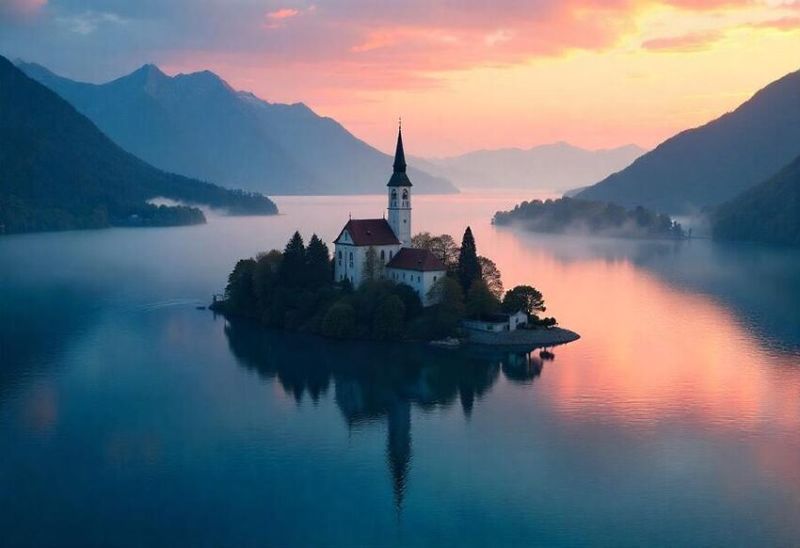
A tiny teardrop-shaped island floats in the middle of Slovenia’s Lake Bled, crowned by a white church whose bell tower pierces the sky. According to local tradition, grooms must carry their brides up all 99 steps to the church before ringing the wishing bell.
Wooden pletna boats, unchanged for centuries, ferry visitors across emerald waters. Each is rowed standing up by a single oarsman using a unique technique passed down through generations.
Though more discovered than some places on this list, Bled still offers peaceful moments. I hiked the lake’s perimeter trail at dawn, watching mist rise off the water as the Julian Alps turned pink with first light. The view from Ojstrica viewpoint – taking in the island, medieval castle, and mountain backdrop – creates a fairy-tale scene worth the early wake-up.
8. Ronda’s Dramatic Cliffs
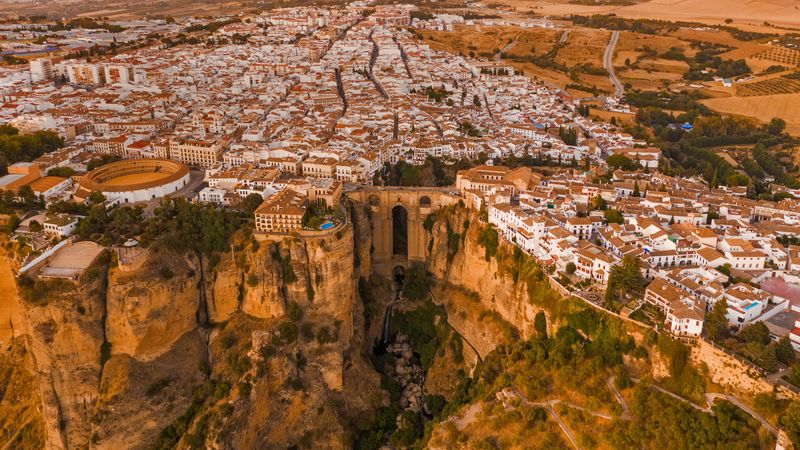
Split in two by a 390-foot deep gorge, Ronda seems to defy gravity. Spain’s most spectacular city perches atop sheer cliffs with the Puente Nuevo (New Bridge) dramatically spanning the chasm between old and new towns.
Despite being just two hours from tourist-packed Costa del Sol, Ronda maintains an authentic Spanish feel. Hemingway and Orson Welles both fell in love with this place, drawing inspiration from its dramatic setting and bullfighting traditions.
I spent hours exploring winding streets of the old Moorish quarter before finding a clifftop restaurant. Sipping local wine while watching golden light play across the gorge walls as eagles soared below me created one of those perfect travel moments. The view from the bottom of the gorge looking up at the bridge and white buildings clinging to cliff edges offers an entirely different perspective.
9. Svalbard Arctic Silence
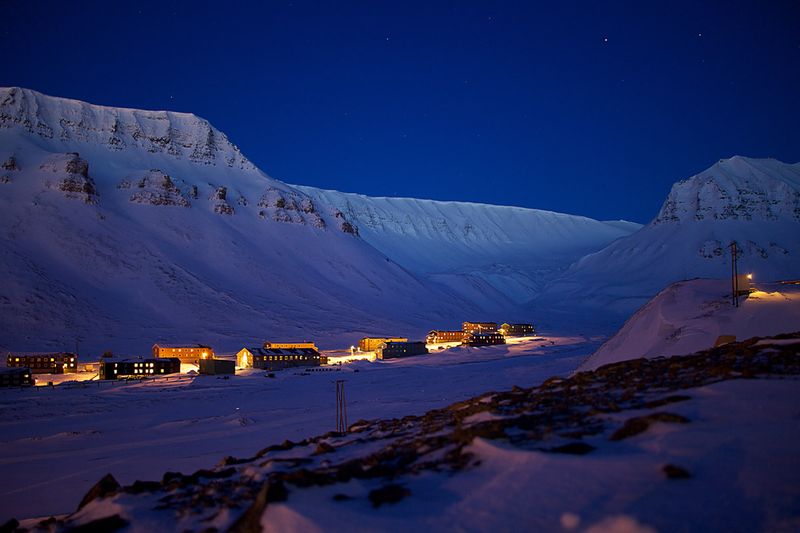
Where polar bears outnumber people, Svalbard offers Earth’s last true wilderness just 650 miles from the North Pole. This Norwegian archipelago exists in extremes – midnight sun in summer, total darkness in winter, and landscapes that seem lifted from another planet.
Longyearbyen, the northernmost permanent settlement, serves as base for arctic adventures. Dog sledding across frozen fjords, I experienced silence so complete it felt like a physical presence. The scattered buildings of this former mining town stand bright against monochrome landscapes.
Summer brings tundra flowers and wildlife viewing opportunities, while winter offers northern lights dancing across star-filled skies. Few experiences match the humbling feeling of standing before massive glaciers that have remained frozen for thousands of years, listening to their occasional thunderous calving.
10. Tbilisi’s Winding Streets
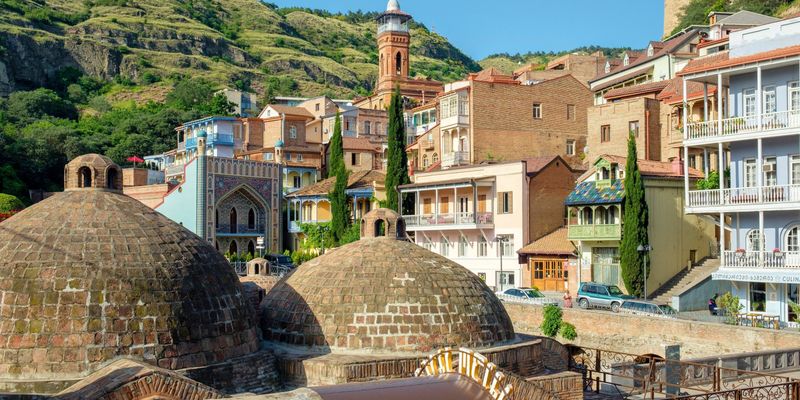
Georgia’s capital feels like several cities layered atop one another. Ancient sulfur baths with brick domes sit below crumbling wooden balconies of traditional Kartuli houses, while Soviet concrete blocks and ultramodern glass structures complete this architectural jumble.
The heart of old Tbilisi reveals itself through wandering rather than planning. I turned random corners to discover hidden courtyards, basement wine cellars serving family vintages, and tiny blue-tiled mosques next to golden-domed Orthodox churches.
Friendliness defines this city at Europe’s edge. Strangers invited me to join impromptu feasts (supra) featuring khachapuri cheese bread and wine from the world’s oldest winemaking tradition. From Narikala Fortress, the city spreads below like a living museum where 1,500 years of history coexist in beautiful chaos.
11. Salar de Uyuni Vastness (Lasting Mark)
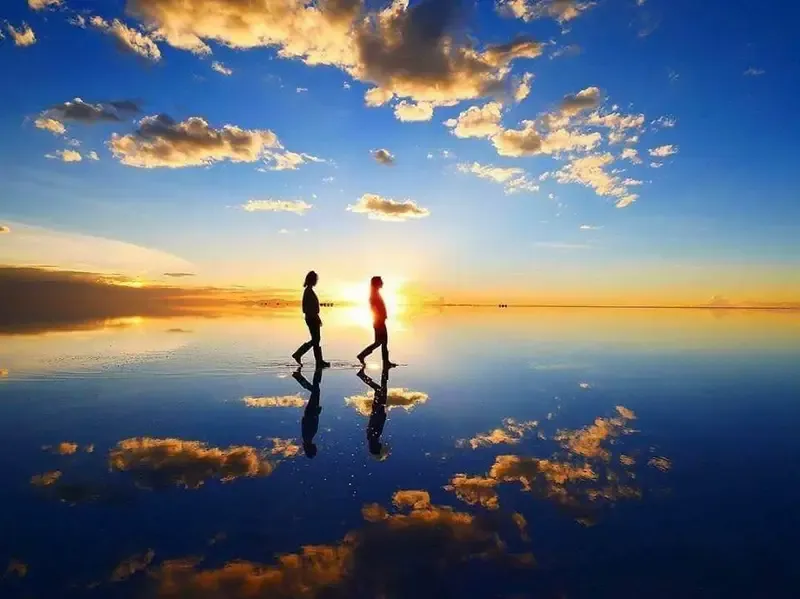
Standing in Bolivia’s salt flats feels like visiting another planet. This 4,000-square-mile expanse of blindingly white salt hexagons stretches uninterrupted to the horizon, creating the world’s largest natural mirror during rainy season.
The surreal landscape defies comprehension – a perfectly flat white canvas where perspective disappears. During my jeep tour across this alien terrain, we stopped at a hotel built entirely from salt blocks and visited cactus-covered islands that rise like mirages from the crystalline surface.
This place fundamentally altered my concept of scale and natural wonder. Nothing prepares you for sunrise here, when first light transforms the salt crust into a kaleidoscope of pinks and golds. At night, with no light pollution, stars reflect perfectly in the thin water layer, creating the illusion of floating in space – a truly transformative experience.
12. Colchagua Valley Vines
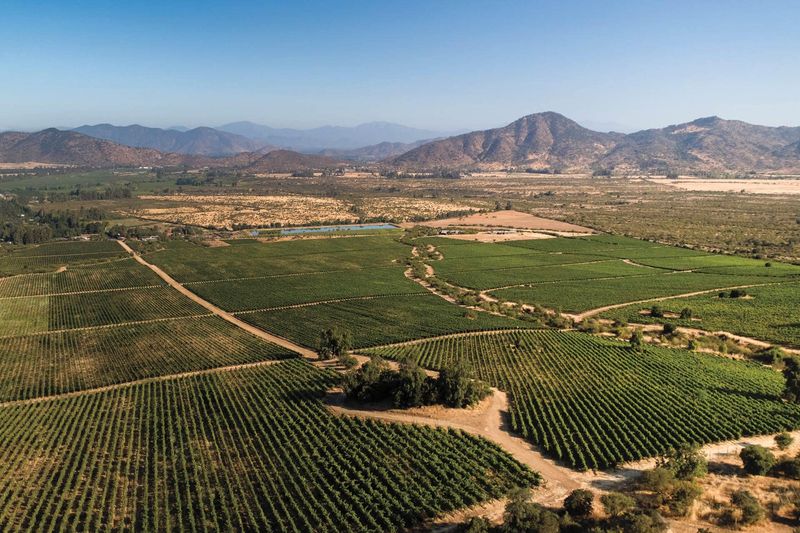
Chile’s answer to Napa Valley remains refreshingly uncrowded. Nestled between coastal mountains and the Andes, Colchagua’s perfect climate produces some of South America’s finest red wines, particularly robust Carmeneres once thought extinct.
Family-owned vineyards welcome visitors with genuine hospitality lacking in more commercial wine regions. Many wineries maintain traditional methods – I watched horses pulling carts of just-harvested grapes at one estate. The colonial-era town of Santa Cruz makes an ideal base with its terra-cotta-roofed buildings and excellent wine museum.
Afternoons here move at a leisurely pace, with tastings often extending into long conversations with winemakers passionate about their craft. The landscape itself deserves appreciation – rolling hills covered in geometric vineyard patterns, backed by snow-capped Andean peaks that glow pink at sunset.
13. Kyoto Bamboo Grove (Lasting Mark)
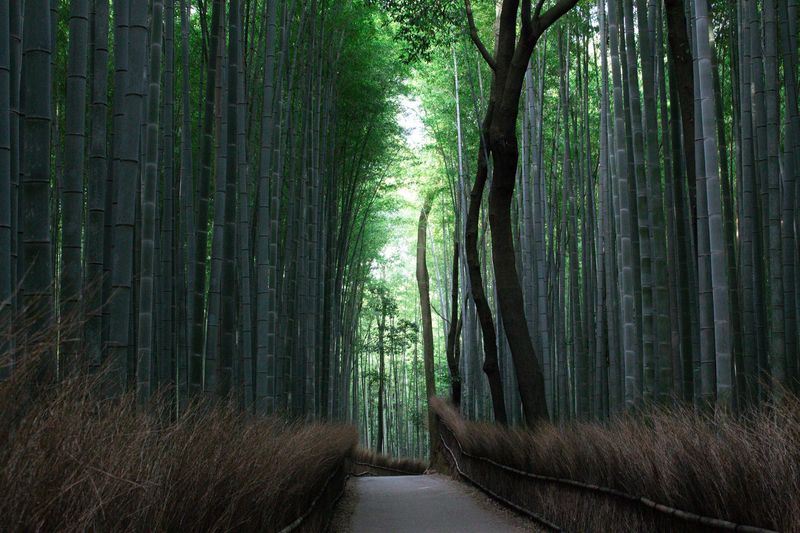
While Kyoto itself is hardly undiscovered, Arashiyama’s bamboo grove creates an experience that changes something inside you. Towering green stalks rise like nature’s cathedral, swaying gently overhead as sunlight filters through in ethereal rays.
The sound alone transcends description – thousands of bamboo culms clicking and whispering in the breeze, creating what Japanese government officially recognizes as one of the “100 Soundscapes of Japan” worth preserving. Early morning offers rare moments of solitude before tour groups arrive.
This place permanently altered how I experience nature. The perfectly straight bamboo paths create a sense of infinite perspective, while the atmosphere – cool, green-tinted light and oxygen-rich air – induces an almost meditative state. Nearby Tenryū-ji temple gardens complement the experience with centuries-old stone gardens designed to replicate nature’s essence.
14. Sibiu’s Hidden Squares
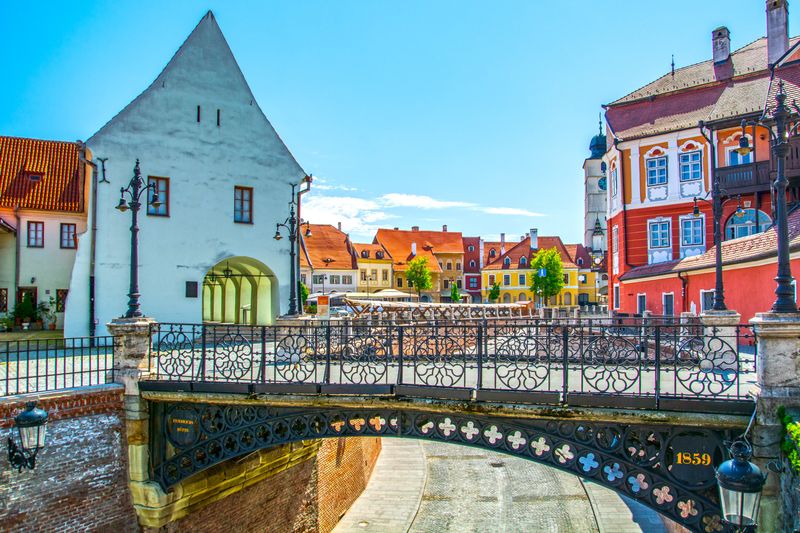
Houses with eyes watch over you in Sibiu. This Transylvanian gem features distinctive rooftop windows resembling half-closed eyelids, giving the sensation of being observed as you explore its medieval lanes.
Three interconnected squares form the heart of this former European Capital of Culture. German architecture reflects the city’s Saxon heritage, with pastel-colored buildings housing excellent museums and cozy cafés. Underground passages once connected important buildings, though most remain closed to visitors.
If you’re seeking authenticity in Romania beyond Dracula tourism, Sibiu delivers. I spent hours photographing the Bridge of Lies, supposedly able to detect when someone tells a falsehood by creaking ominously. The ASTRA open-air museum outside town preserves traditional Romanian village life with relocated historic buildings among peaceful forest settings.
15. Isle of Eigg Escape
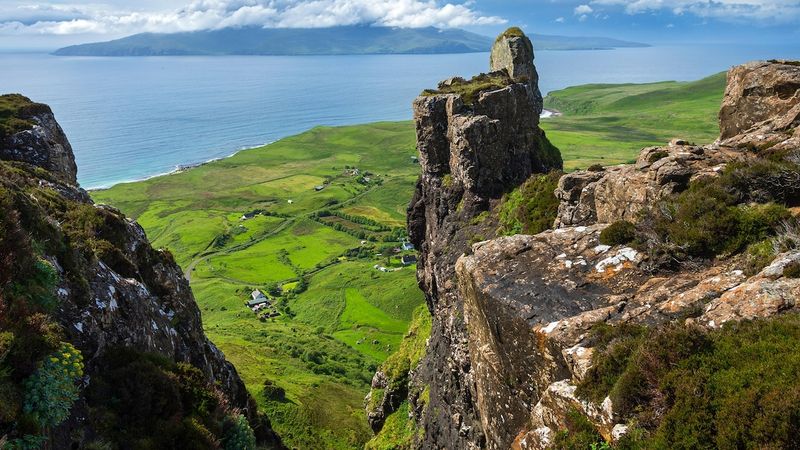
Just 5 miles long and 3 miles wide, this tiny Scottish island packs remarkable diversity into its compact size. Eigg represents something increasingly rare – a community-owned island running entirely on renewable energy, where locals voted to buy their home from its laird (lord) in 1997.
Dramatic landscapes range from the pitchstone ridge of An Sgùrr (the Cleaver) to pristine beaches where singing sand squeaks beneath your feet. Wildlife thrives here – eagles soar overhead while dolphins and whales frequent surrounding waters.
With fewer than 100 residents, Eigg offers genuine connection with locals who might invite you to impromptu ceilidhs (traditional gatherings with music). I hiked across open moorland to reach secluded coves where it felt like no human had stood before. The island’s commitment to sustainability creates a model for how remote communities can thrive while protecting their environment.
